The Article
XT3 MAINS CABLE FROM QED
25th November 2022
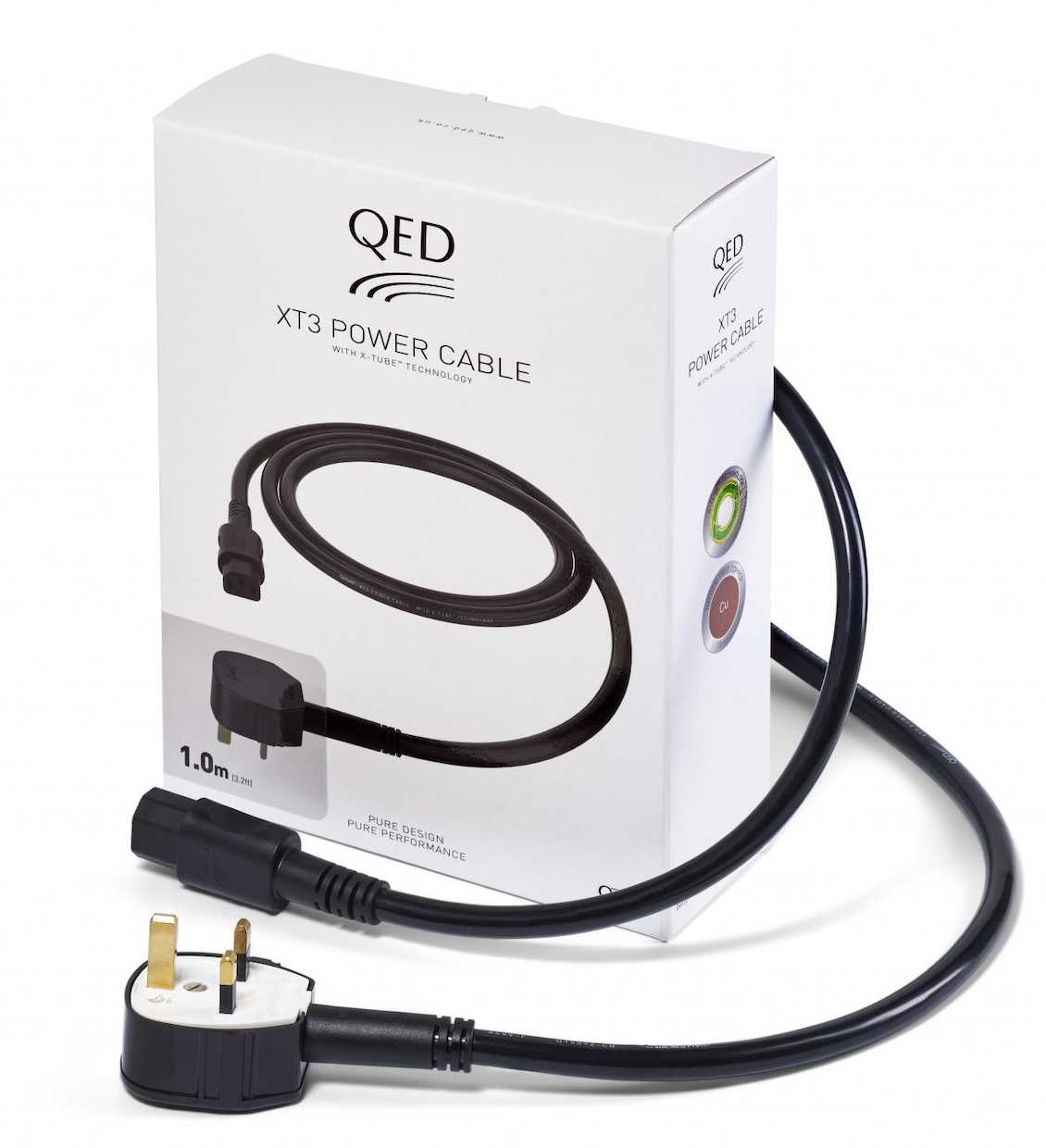
Looking for a sub-£100 mains cable to bring that new-fangled thing they call electricity to your HiFi system? Paul Rigby grabs a bunch of PVC and plugs in
I’ve always been a little surprised that we haven’t been swamped with mains cables from QED. I see a lot of speaker cables, interconnects of various flavours and the like but mains cables have always been in short supply.
The first mains cable of note that I looked at from the company was the more expensive XT5 that I reviewed on this site but I’m very happy to see the sub-£100 price bracket breached by the company. About time, says I.
So what have we got here? X-Tube. That’s what we’ve got. X-Tube.
I’m more familiar with X-Tube technology being utilised in other, non-mains, technologies but it’s been tweaked here for mains cabling. Hence, you have braided individual cores in the live and neutral conductors. The idea being to isolate them so that they are not affect by eddy currents spilling from elsewhere. There’s a bit of a twist going on internally too, to aid that. More on that? Reportedly, you won’t find two conductors running exactly parallel to each other in this cable. Again, that helps sound while improving isolation.
And – on a quick related tangent – look behind your HiFi at the mess of cabling back there. I have been told never to have a mains cable run parallel with adjacent cables. They can physically cross other cables but avoid having them run parallel to reduce cross contamination. As I say, that same principle issue is also addressed inside the XT3 here.
So we have separate bundles of conductors inside the XT3, insulated using K130 PVC to control cable capacitance and again aid that isolation thing. Each conductor is wrapped round a hollow core to help inductance. As QED states, “In this way, the correct phase relationship between voltage and current is not altered by the cable parameters, further decreasing distortion when compared to an ordinary power cable.” Termination is via a black MK ‘Tough Plug’ 655 at one end and an IEC C13 794 at the other. The entire cable is nicely flexible. That is, installation will be straight forward here. You won’t be struggling with it like Tarzan with a Hollywood mega-snake. So, how does the cable perform under fire then?
SOUND QUALITY
First up, I compared the QED with a basic black model you may get as a freebie out of the box, connected that to my Benchmark DAC and played Nektar’s high-energy, Remember the Future (Eclectic, 1973). In many ways, I play-tested my basic mains cable under ideal circumstances because my system is draped with anti-noise ancillaries from isolation products to grounding products, high-quality cabling, shelving and more. So the initial output from the cheapo black cable wasn’t wholly reprehensible. Even so, I could still hear it. Even with the rest of my system treated to the nines.
The overall sound from the cheapo was, as the old HiFi magazines would have it, ‘well lit’. Meaning that the midrange edged towards bright without actually being horribly bright. Even so, bits of the midrange poked out in an angry way. Vocal crescendos were wince making. As were guitar solos hitting high notes.
Treble was rather harsh on this track. A bit like arrows hitting the ears. Harsh and hard, then. Bass lacked tonal accuracy. It was…ok. Just a little plastic like in its presentation.
Overall? If you walked into the room and heard this music you might immediately say, “Yea, it’s all right.” Then you’d sit down and listen and after a few minutes, you’d be picking holes in it left, right and centre (stereo image). The more I listened, the more I wanted to do something else. Like wash dishes. Feed the cat. Anything really.
QED vs KETTLE LEAD
So in came the QED. Oh the relief! The relief!! Really. You really need to hear the difference yourself. From the off, the first few seconds, I could hear a real sense of control from the QED. Actual coherence around the music. The drop in noise, the stripping away of rubbish and sonic gunk, allowed me to actually hear the music instead of ‘music + rubbish’.
This track offers a building, very loud organ note undercut by the increasing volume from an electric guitar before the band set off. The cheapo cable really only offered a distorted organ note with other, unidentified…stuff. With the QED in place, the organ note and electric guitar sound blended perfectly and refused to bleed left and right as the cheapo cable was desperate to do.
And the treble? Oh joy. Some delicacy for the change. Gentle tapping on cymbals no longer sounded like a car crash. Now there was fragility and an almost dainty sound from this area of the percussion. Across the broad soundstage, the QED succeeded in providing instrumental separation where none previously resided.
That is, the performance was busy, densely packed and featured a lot going so it was easy for the album to have a cluttered feel to it. The lowering of the overall noise floor from the XT3 helped to provide a measure of clarity and transparency, especially where the vast amount of detail hung out in the midrange.
vs TITAN NYX
Moving to the connection of my phono amplifier now and various Leo Kottke LPs on vinyl and it’s interesting to compare the XT3 with its immediate competition. And it performed well, although there are pros and cons, as you might expect.
For example, the similarly-priced Titan Nyx offered a touch more bass response than the XT3 but the latter provided a tad more focus around the mids. The Nyx had the edge in terms of midrange smoothness but the XT3 had the advantage when clarity was addressed. The XT3 offered a tremendously clean sound that encouraged the treble to exude information and finesse while the Nyx had a more interesting tonal balance. As I say, pros and cons.
CONCLUSION
The inclusion of the XT3 into the market is very welcome indeed, giving HiFi users who are on a budget yet who wish to upgrade the cabling on their system, a realistic upgrade path.
The competition around this sector is furious and fierce, that’s true but if you select the XT3 you certainly will not be disappointed. In addition, the improvements over the basic, default kettle-type cable are real and impressive. If you run such cabling on your HiFi then please consider an upgrade for each component sullied with the dratted things. And if you decide to go with the XT3 as a source of sonic solace then your hifi and your ears will thank you for it.
QED XT3 POWER CABLE
Prices: 1M – £79; 2M – £99 & 3M – £119
Website: www.qed.co.uk
BUY HERE:
EUROPE – https://amzn.to/3EGrHqO
USA – https://ebay.us/jd0HGQ
GOOD: midrange clarity, transparency, tonal balance, easy to install, price
BAD: nothing
RATING: 8
[Don’t forget to check out my Patreon Page at www.patreon.com/audiophileman, for exclusive postings and more!]
REFERENCE
Tellurium Q & Titan cabling
Blue Horizon Professional Rack System
Harmonic Resolution Systems Noise Reduction Components

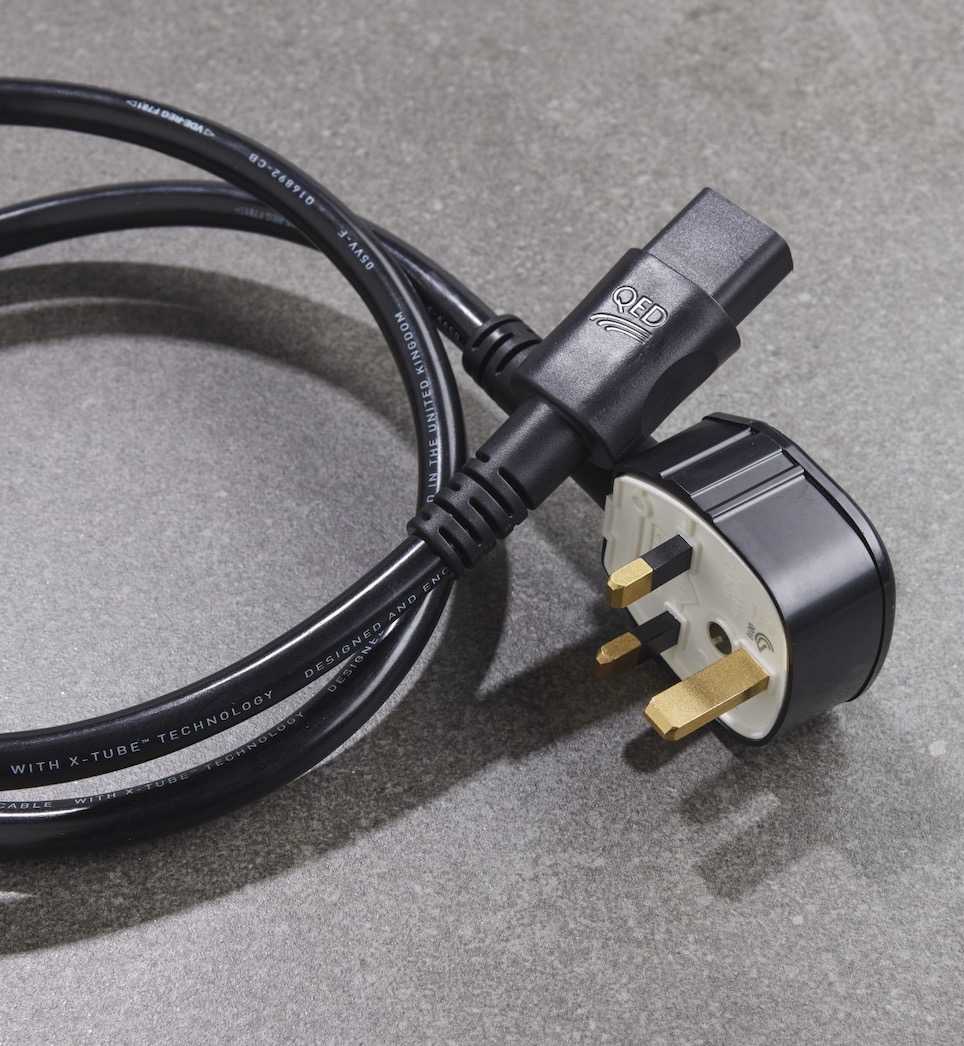
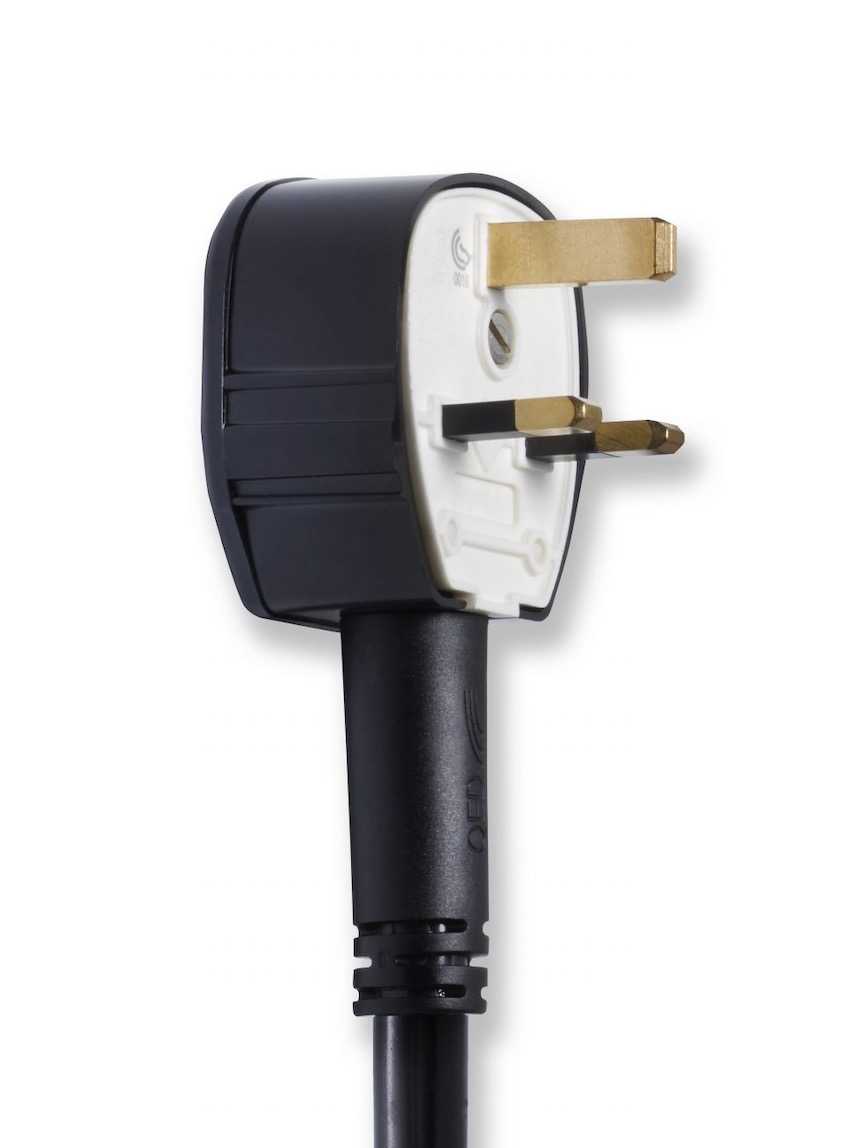
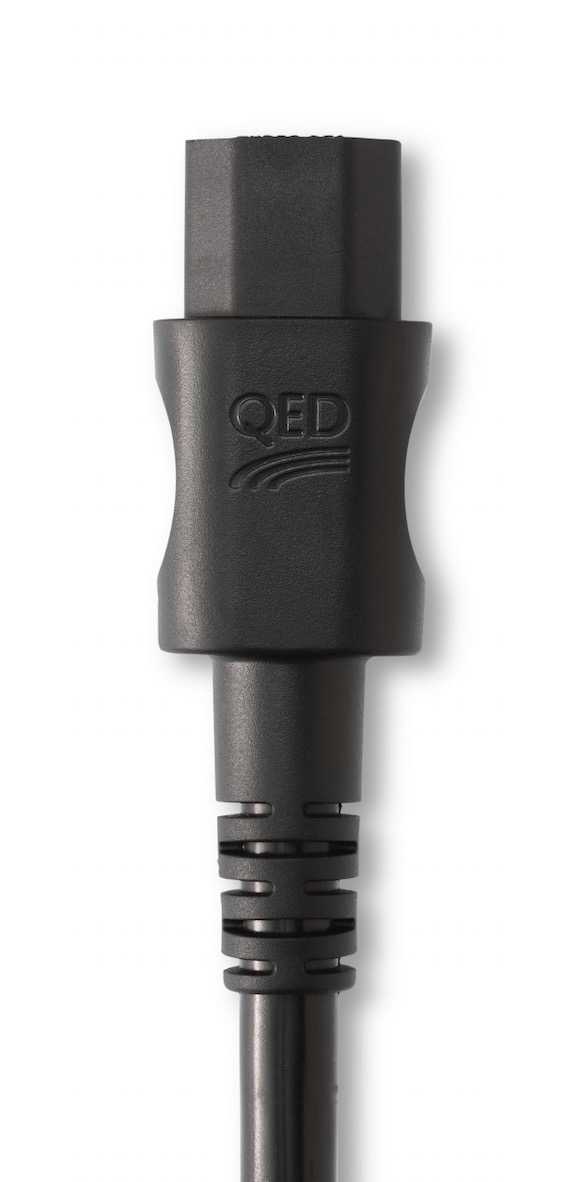
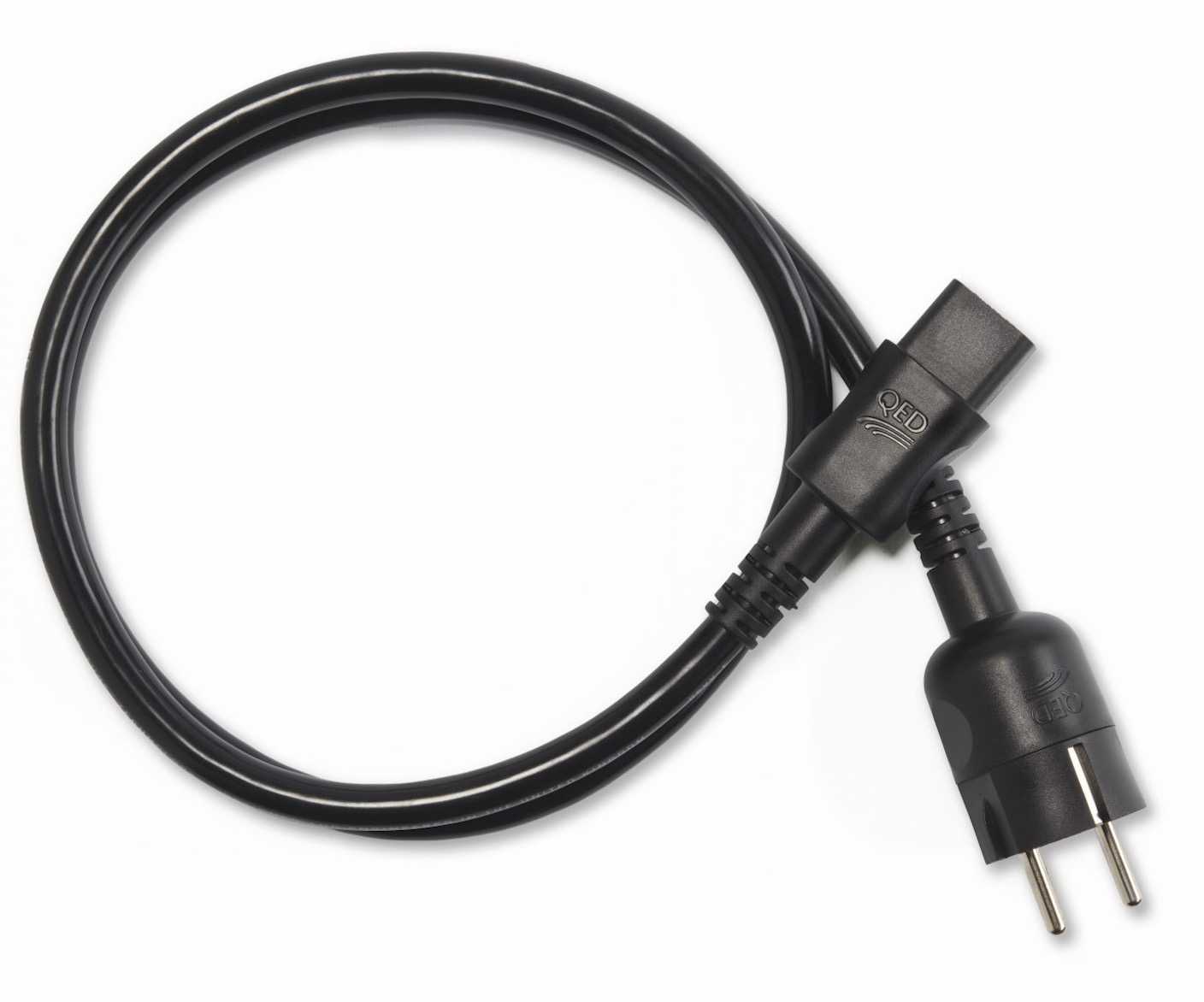
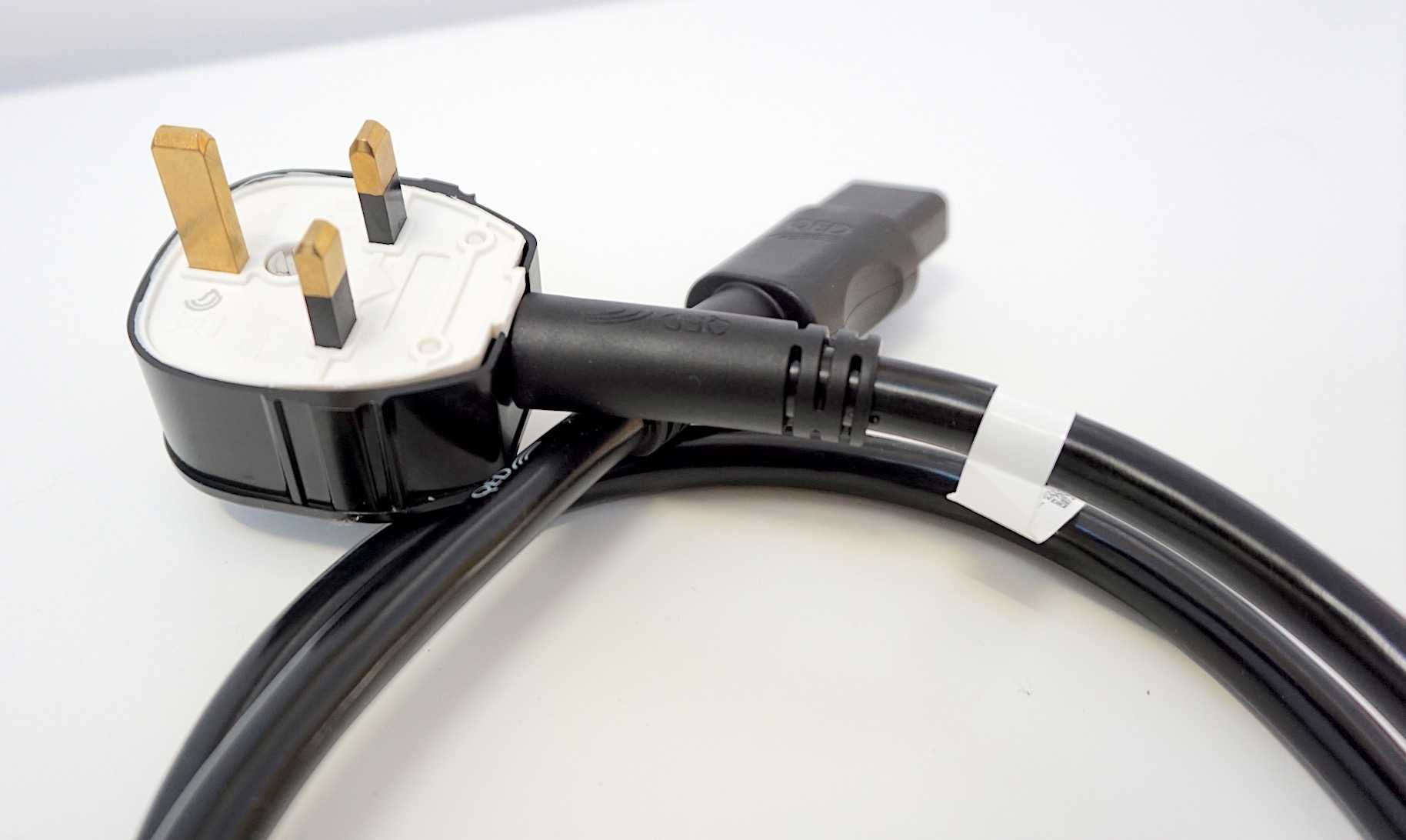
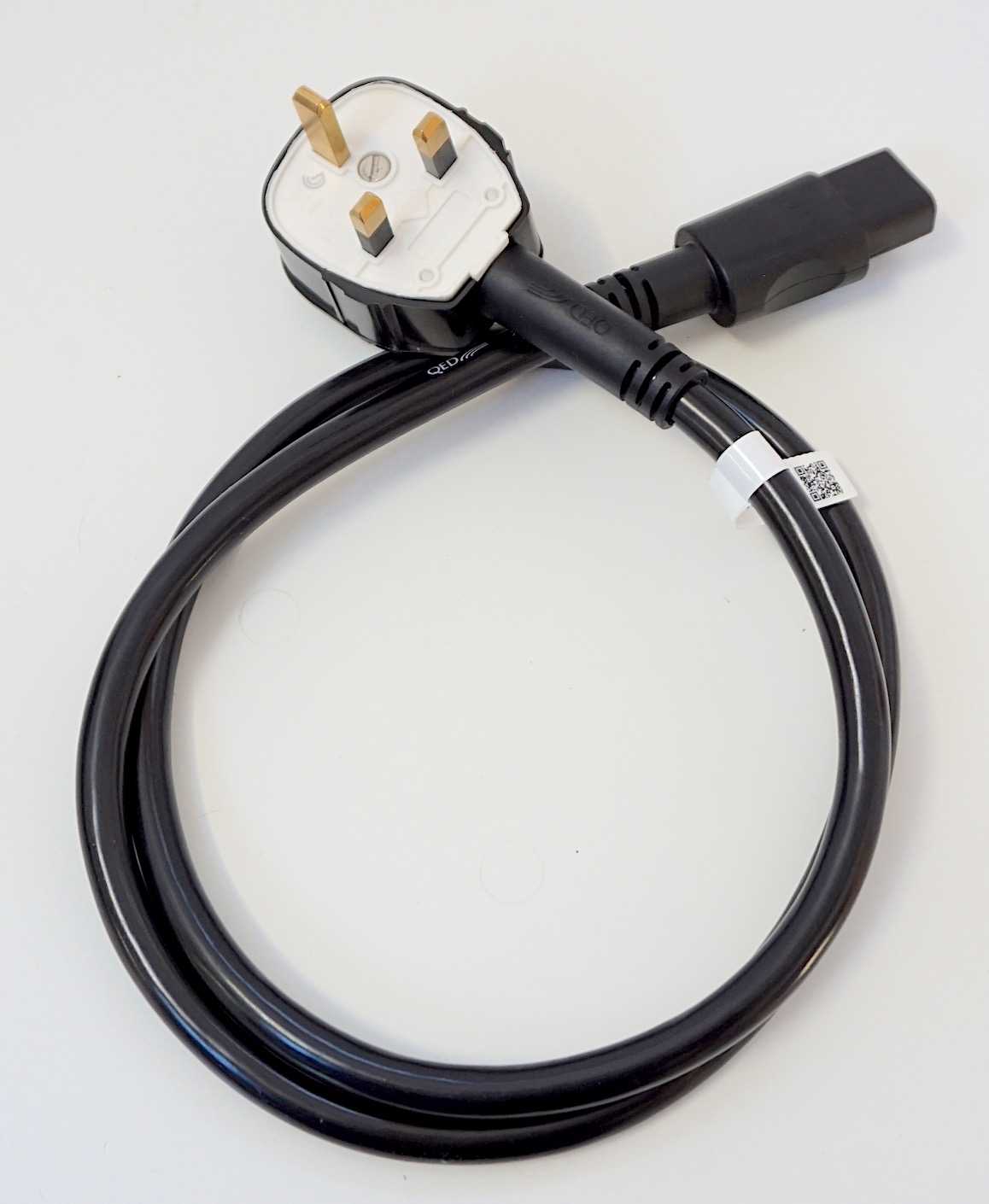
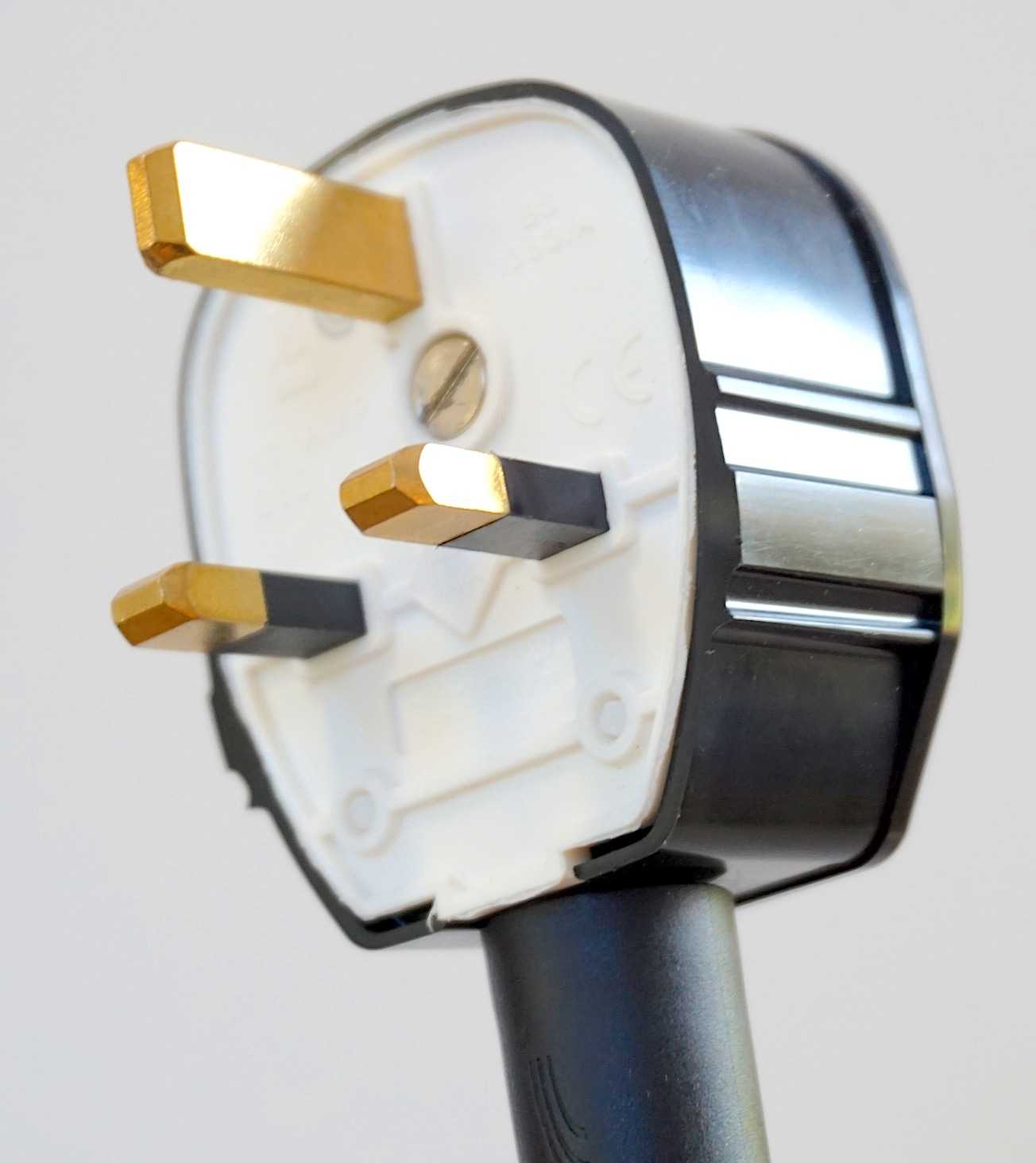
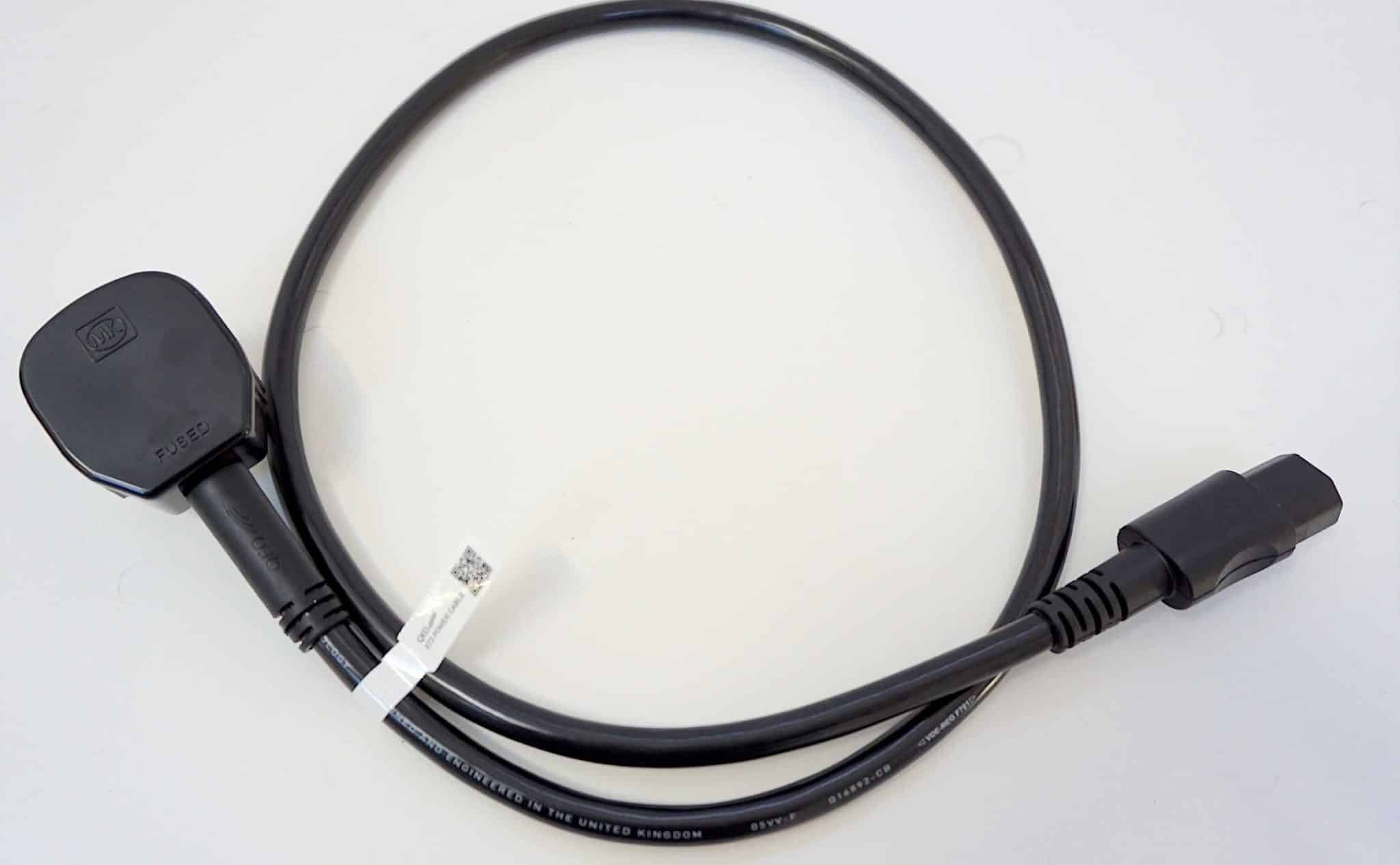
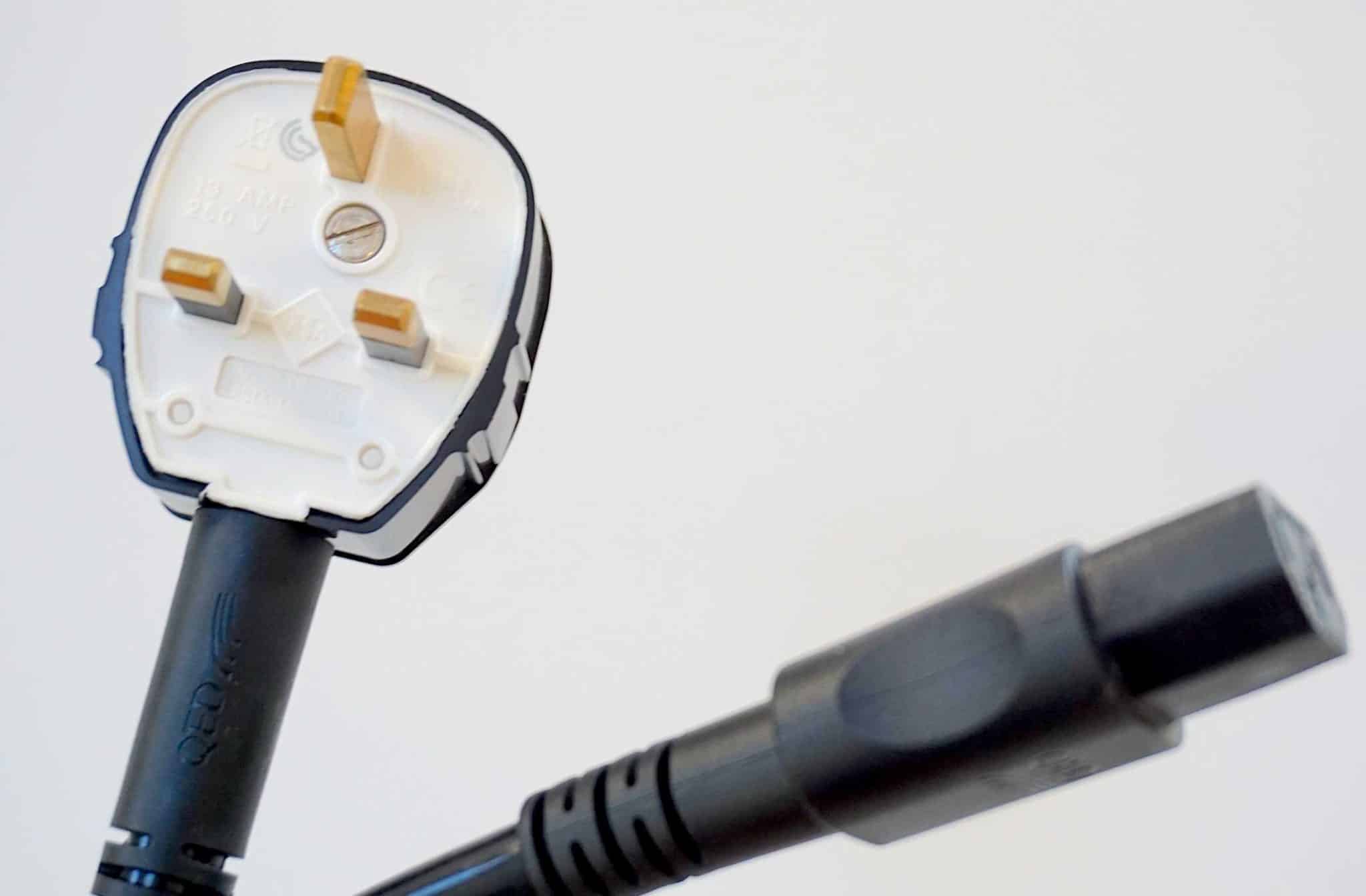
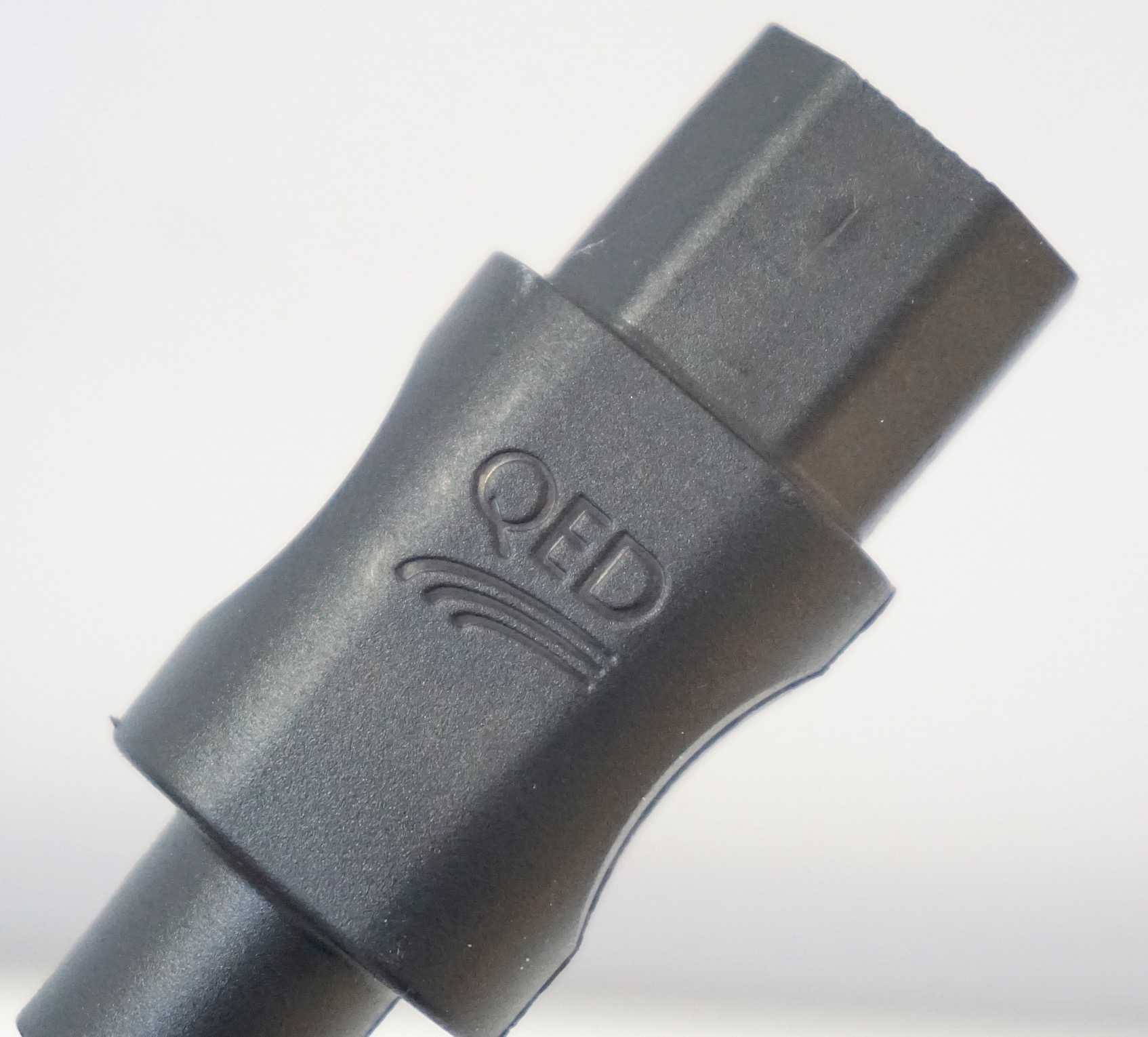
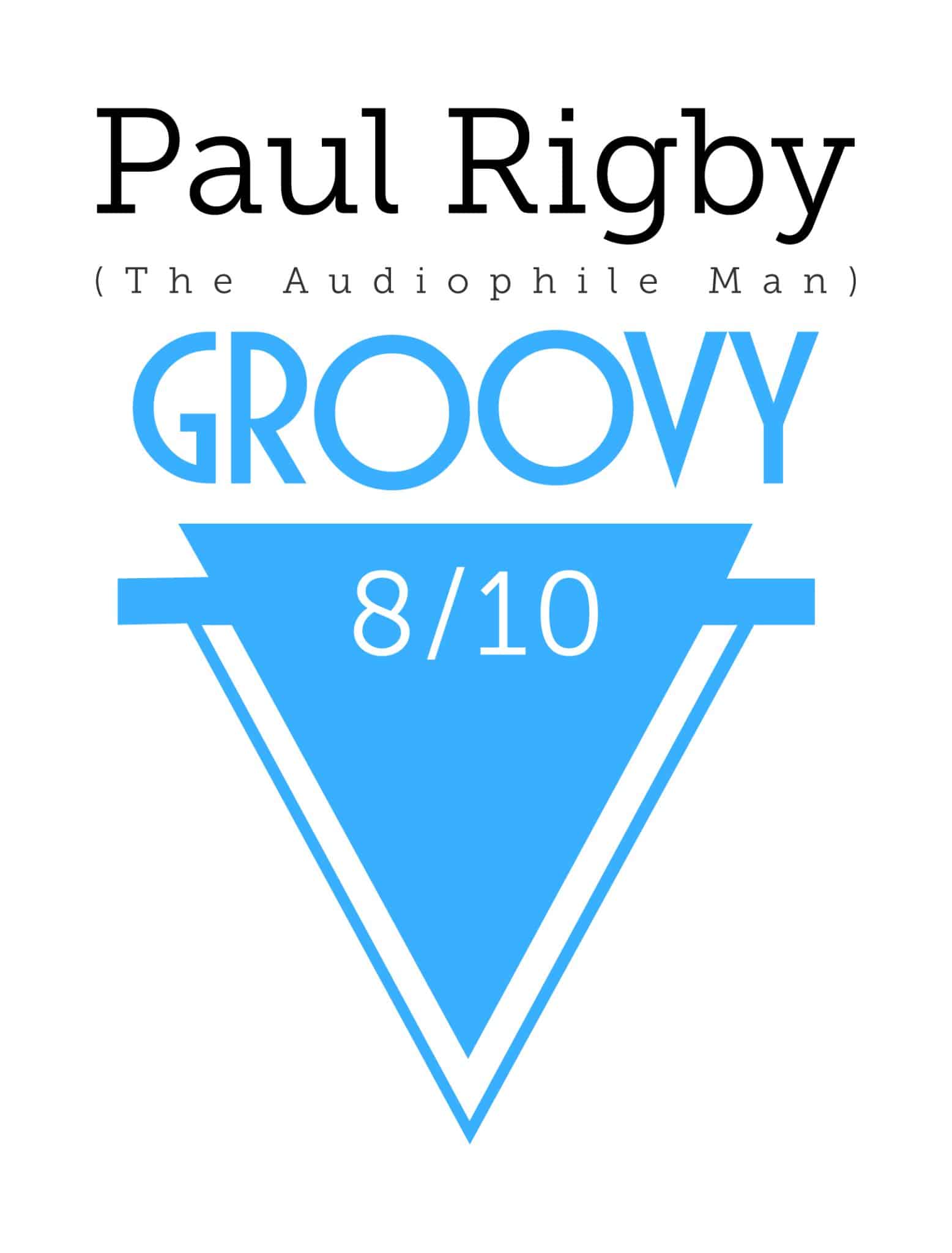


Hi Paul,
Which would you say was better, this XT3 or the Kimber Kable YelloPower?
Thanks
Paul
Right now? I’ve no idea because I haven’t compared the two. I do recall liking the Kimber cable a lot when I originally reviewed it. If it was me? I’d either re-read the reviews, glean as much info from each and base a buying decision on that or, if you still feel befuddled, grab the best deal you can find on either because I don’t think you’ll be disappointed either way.